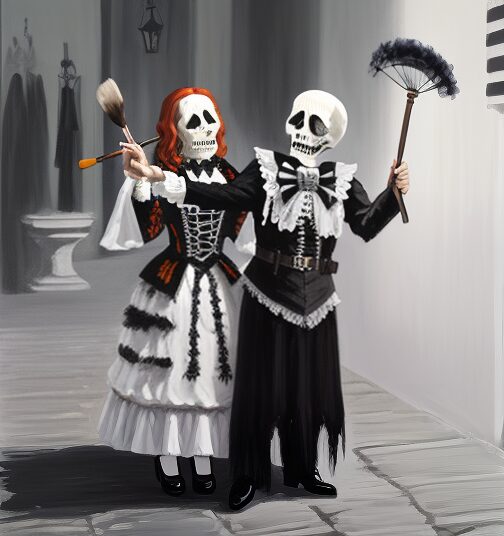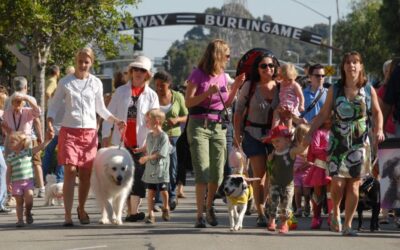With Halloween right around the corner, take a break from decorating and learn about how this beloved holiday went from a harvest festival to a sweet tooth’s dream.
Originating in Scotland and Ireland, the Gaelic people marked the end of their harvest season and the beginning of winter with feasts and bonfires. Believing that around this time the veil between the spirit world and ours was thinned, and spirits could more easily pass through, bonfires were set to ward off evil spirits. Years later, the day after Halloween was referred to as “All Saints Day” by the Catholic Church, and as time went on their holidays fused into the holiday that we refer to as Halloween.
During the 19th century as more immigrants were coming from western Europe, this holiday was brought with them. At this time in Scotland and Ireland, people would visit the houses of the wealthy and pray for their dead relatives in return for a pastry or coins. However, younger generations, rather than pledging to pray for the dead, would sing a song, recite a poem, tell a joke, or perform another sort of “trick” before collecting their treat. These treats would typically consist of fruit, nuts, or coins.
Throughout the 19th and early 20th centuries, this holiday became popular with more and more people dressing up and often younger populations pulling pranks. However, during the late 1920s, a community organized an effort to begin trick-or-treating to curtail the hijinks. Though the great depression and World War II slowed the production of sugar, the tradition picked back up in the 1950s. For over a century, we have been celebrating Halloween with trick or treating in costume and lighting pumpkins to ward off the evil spirits.
Whether you are enjoying the decorative spirit of Halloween or candy for trick-or-treaters or yourself, enjoy your Halloween, and why not splurge for king-size candy for the kids and become the talk of the town.
More Helpful Articles
The Return of the Big (Gray) Wolf!
90 years ago, in 1924, the last gray wolf was shot in Northern California, rendering them eradicated from the state. In the past two years, however, they have made a surprising return to their native grounds. With seven packs and over 50 wolves roaming the state,...
Prada, Gucci, or BART?
After facilitating over a billion trips since BART’s inception in 1957, the iconic paper tickets were retired and replaced with electronic and physical Clipper cards in November of 2023. Almost a year later, BART is celebrating the retirement of these tickets in a...
Who Let The Dogs Out?
Join Burlingame for one of its most anticipated events of the year, the Burlingame Pet Parade! Featuring live bands and contests for best in show and best float, the Burlingame Pet Parade brings together the Peninsula’s vibrant community for a day of fun and...






Recent Comments